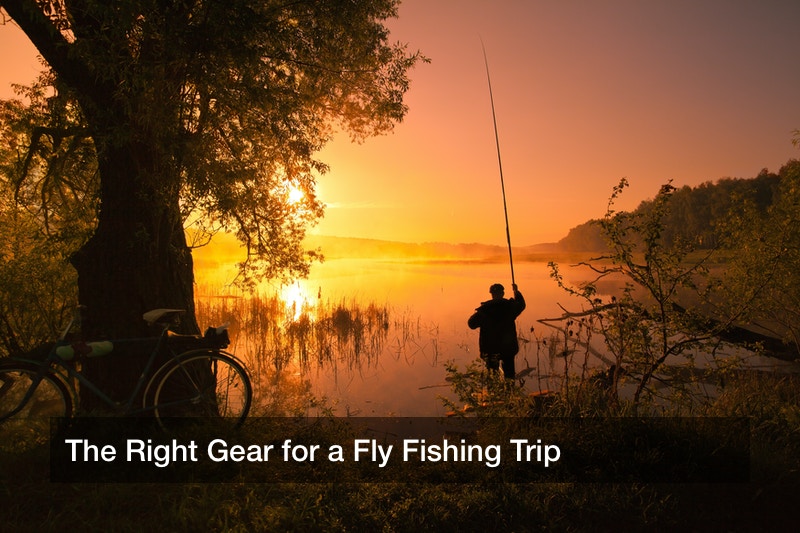
Fishing is a universal sport around the world, and the concept of fishing is truly ancient. Many primitive civilizations engaged in fishing for sustenance, and that included whaling and seal hunting, too. Today, huge amounts of fish are caught with commercial fishing boats, while ordinary Americans go fishing as a hobby. Modern fishing is a strong industry, and it is popular with youths, too. In 2017, an estimated total of 51.59 million people went fishing, and of them, 11.6 million were youth participants aged six to 17. And in 2018, 20.389% of survey respondents aged 18-29 said that they had gone fishing within the last 12 months. So, how to prepare for a fishing trip? An angler can stand on a boat or a pier to fish, but there is also the option of fly fishing, which calls for its own specialized fly rod reels or even custom fly reels and bait.
Getting Fly Fishing Rod Reels and More
Anyone who is interested in getting into fly fishing is encouraged to visit outdoor supply retailers which not only have fly fishing rod reels for sale, but also store associates who can help. A novice angler can ask for recommendations on different line, lure, and rod reels, and get advice on how to put together the right kit for a fly fishing trip. An angler may have certain brand preferences or a certain budget, and they may take note of the best brands and try to find good fly fishing gear online with the secondary market (if they so choose). Obtaining bait is important too, and fly fishing makes use of small artificial bait that’s covered in small feathers to imitate insects. Live bait might be used too, such as crickets.
Going fly fishing means not only having the right fly fishing rod reels, but also the right clothes and accessories. A fly fisher will stand knee deep to waist deep in a stream while fishing, as opposed to standing on a pier or boat, and to prevent getting soaked, they wear special boots. Warm, waterproof fly fishing boots are very tall, and they can be combined with other clothes to form a sort of overalls set to keep the angler warm and dry. On top of that, the fly fisher can wear a vest that has big pockets for storing spare bait or lures, reels, and other gear, since they won’t have a nearby dry surface for placing items. A fly fisher is also encouraged to wear a wide-brimmed hat while fishing, to keep sunlight off their skin and face. Similarly, they can wear sunglasses to protect the eyes from harsh sun glare on the water’s surface.
Going Fishing
A fly fisher will, as mentioned earlier, wear waterproof boots and stand in the water itself while fishing, and a novice will learn the proper casting techniques from an experienced fly fisher. A veteran fly fisher can teach a novice how to move the rod, since fly fishing doesn’t make use of a lure’s weight to draw out the line and place the hook in the desired area. Fly fishing bait is too light for that, so instead, a fly fisher will move their rod so that they cast the line itself, and this will take some practice to do correctly. But it is worth the effort of learning, since bait cast in this manner will land lightly on the water and not make a splash that scares off nearby fish. Instead, the lure and line will land gently on the water’s surface.
Someone going fly fishing can choose to either practice catch and release, as in return caught fish to the water alive, or they can keep fish in a live capture bucket of water. Keeping fish means learning and obeying local wildlife conservation rules, which should be posted clearly on signs near docks and parking lots. Each species of local fish will have a maximum quantity that may be caught, and each caught fish must be a certain length or longer. This helps protect local breeding populations, so anglers can continue to enjoy the same fishing spot for years to come.
